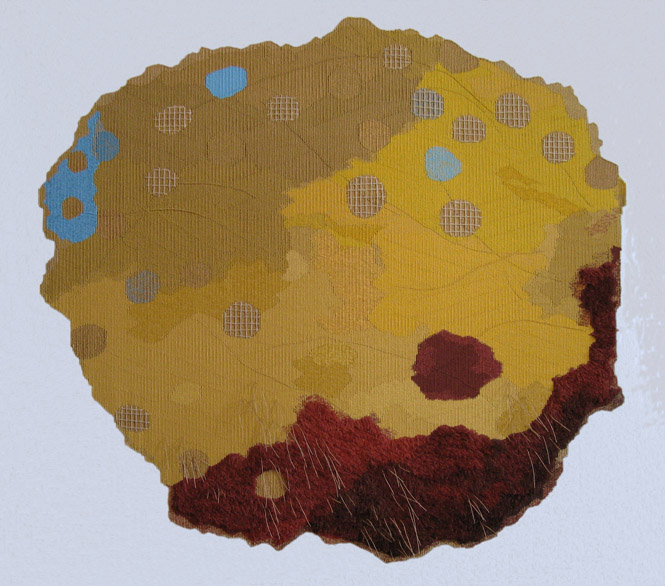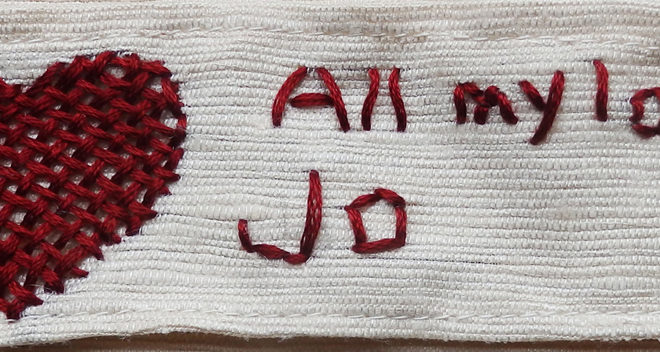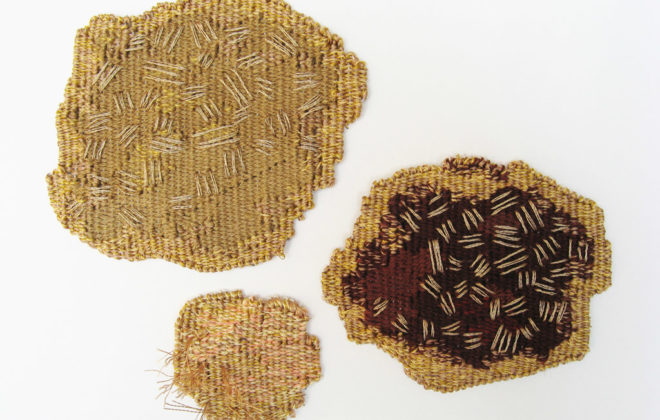How do I become an artist?
The traditional view was that the artist was a genius, a man, who worked in a freezing garret and was devoted only to his art. He was separate from ‘normal’ society, but didn’t care – in fact, he celebrated his superiority to it. Perhaps it is time to revise that view, although some components may still be relevant.
When I was growing up, I was lucky to have parents who encouraged a questioning attitude. For example, advertisements were not to be believed at face value. Apparently, after viewing a given advert, I might say, ‘We’re not going to buy that, are we, Mummy?’ Artists need to constantly question, whether it is the political situation or the ‘proper’ way to make art, they have to think beyond the status quo, not to accept received wisdom. Art is about what might be rather than what is.
At primary school, at the age of six, we were taught the correct way to draw a cat and a rabbit. A small circle sat on top of a larger one, with the cat having a long tail and the rabbit a puff. Who thought this up? How would this help a child to develop its creativity? This was the opposite of what should have happened, but thankfully it didn’t make enough of an impact on me to stifle my desire to learn in a different way.
Art college usually has a huge impact. The most important, I believe, is that it breaks down fixed ideas about what art is. An example is making students use long sticks with charcoal attached to the ends to draw. The student finds that it is impossible to make a tight, exact copy of what they are trying to draw. Once that result is achieved, the student can start to build themselves up again, learning what it is they want to create and how to do it.
The mentoring of a good teacher and the time to explore are paramount. It is also important to learn to critique your own work, not to think every work you create is good because you completed it. Some technical things must come into this process as well, eg how composition should be balanced but not static.
Then you have to persevere. The usual figure given is 10,000 hours before you are a master of your craft. That’s five years of forty-hour weeks. This is the ‘perspiration not inspiration’ argument. So an artist must be dedicated, but not necessarily a man or even a genius, and even a garret is probably not essential.




